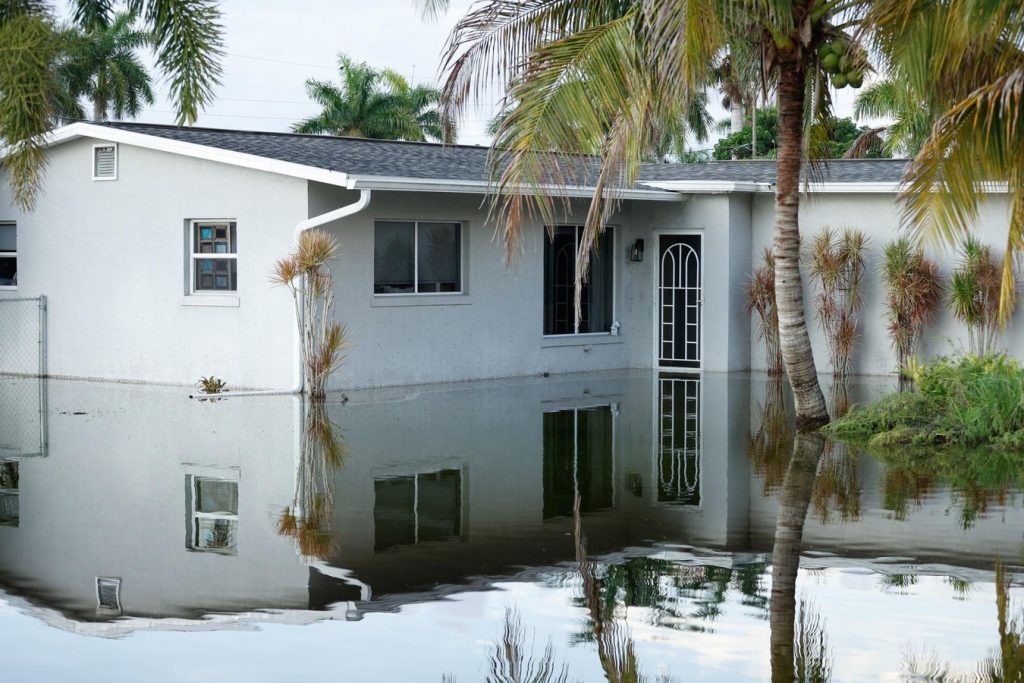Many people are facing the challenge of filing flood insurance claims in the aftermath of the recent South Florida floods. To help simplify the process, a comprehensive guide has been created to provide clear, step-by-step instructions to navigate through the claim process efficiently. Knowing what to expect can make a significant difference in the outcome of your claim, so it is important to follow these guidelines.
The first step in filing a flood insurance claim is to contact your insurance provider as soon as possible after the flood has occurred. Make sure to have your policy number readily available along with any personal identification information the insurer might need. If your policy is through the National Flood Insurance Program, it is necessary to contact them directly. This federally backed program has specific procedures in place for filing claims and offers resources on their website to guide you through the process.
After contacting your insurance provider, it is crucial to comprehensively report the extent of the flood damage. This will trigger the formal claims process and ensure that your insurer is aware of the situation. Take steps to mitigate further damage to your property, such as shutting off electricity, moving undamaged items to safer locations, and covering any openings in the structure to prevent further water intrusion.
Documenting the damage is essential in supporting your claim. Use a high-resolution camera to capture clear images and videos of the damage, including wide-angle shots of each affected area, close-up shots of specific items, and multiple angles to provide a complete view of the extent of the damage. Create a detailed inventory of all damaged property, noting the condition before the flood, estimated repair or replacement costs, and providing receipts or proof of purchase for high-value items.
Filing the claim involves reviewing your policy to understand what is covered and excluded, completing and submitting claim forms with supporting documentation, and preparing for the adjuster’s visit. The adjuster will inspect the damage, review your documentation, and determine the extent of the loss. Be cooperative and provide all relevant information during this stage to ensure a fair assessment.
The timeline for processing claims can vary, and if your claim is approved, you will receive a settlement offer. If your claim is denied, it is essential to understand the reasons for the denial, gather necessary documentation to support your appeal, and consider additional strategies such as contacting a public adjuster or seeking legal advice. By following this comprehensive guide and staying organized and thorough throughout the process, you can confidently navigate the complexities of filing your insurance claim and secure the compensation needed to recover and rebuild after a flood.













